Silicone is a versatile material widely used in modern life due to its flexibility, durability, and safety. However, to extend the lifespan of silicone products and ensure optimal performance, proper care and maintenance are essential. Below is a detailed guide to help you take care of your silicone products effectively.
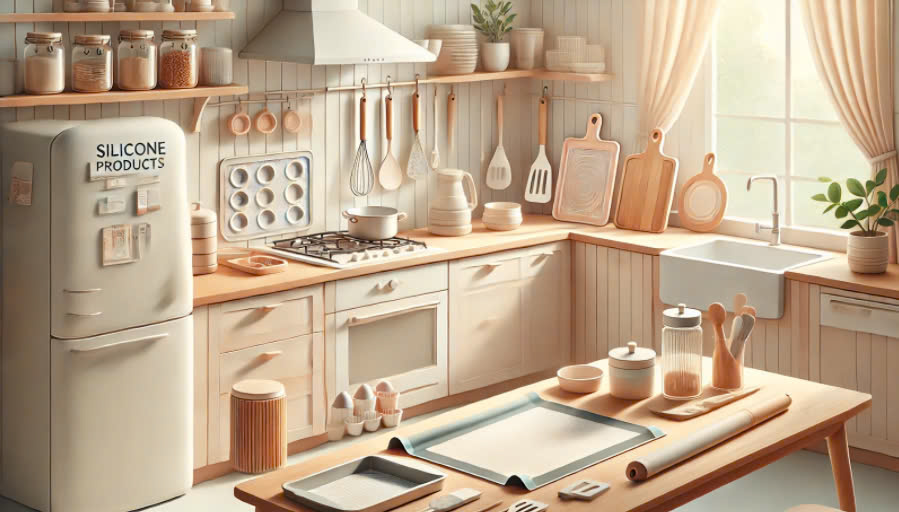
1. Cleaning Silicone Products
Basic Instructions:
- Wash with warm water and mild soap: Use a soft sponge or cloth to clean the surface of the product. Avoid abrasive items like steel wool, as they can scratch the silicone.
- Remove grease stains: Silicone kitchen tools often get greasy. Use a small amount of baking soda to clean stubborn stains.
- Deodorize: Soak the product in a mixture of warm water and vinegar (1:1 ratio) for 30 minutes if it has any unpleasant odors.
Tips:
- Avoid using alcohol-based or harsh cleaning agents, as they can dry out or degrade the silicone.
- For products with intricate designs (like baking molds), use a soft brush to clean all the nooks and crannies.
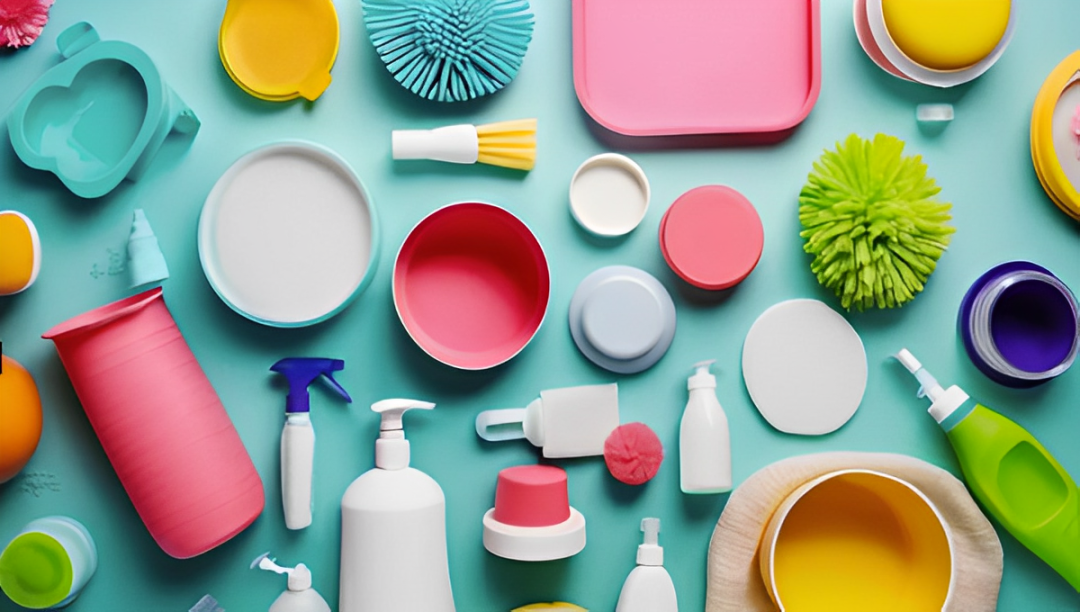
2. Storing Silicone Products
Storage Conditions:
- Keep them in a dry, cool place, away from direct sunlight. Prolonged exposure to sunlight can fade or reduce silicone's elasticity.
- Avoid contact with sharp objects, as they can tear or cut the product.
Organizing Tips:
- Do not excessively fold or bend silicone products, especially those with fixed shapes like baking molds or non-stick mats.
- If stacking multiple silicone items, use a layer of paper or a soft cloth to prevent friction between them.
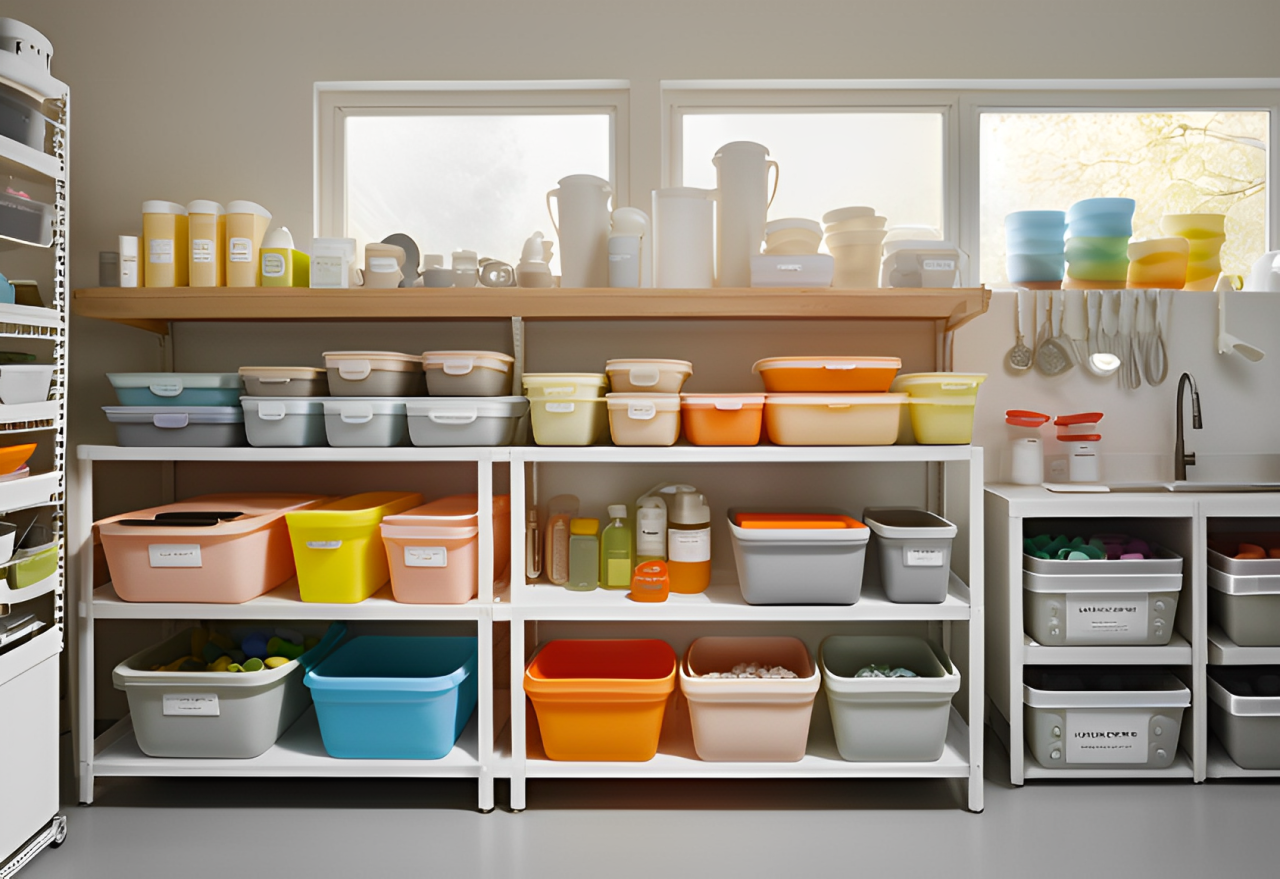
3. Using Silicone Effectively
Heat Resistance:
- Silicone can withstand a wide range of temperatures (typically from -40°C to 230°C), but do not use it in microwaves or ovens unless explicitly specified.
- Always check the maximum temperature tolerance to prevent deformation.
Avoid Misuse:
- Do not use silicone kitchenware to store chemicals or unsafe liquids.
- Regularly inspect sports accessories or children's toys made from silicone for signs of damage to ensure safety.
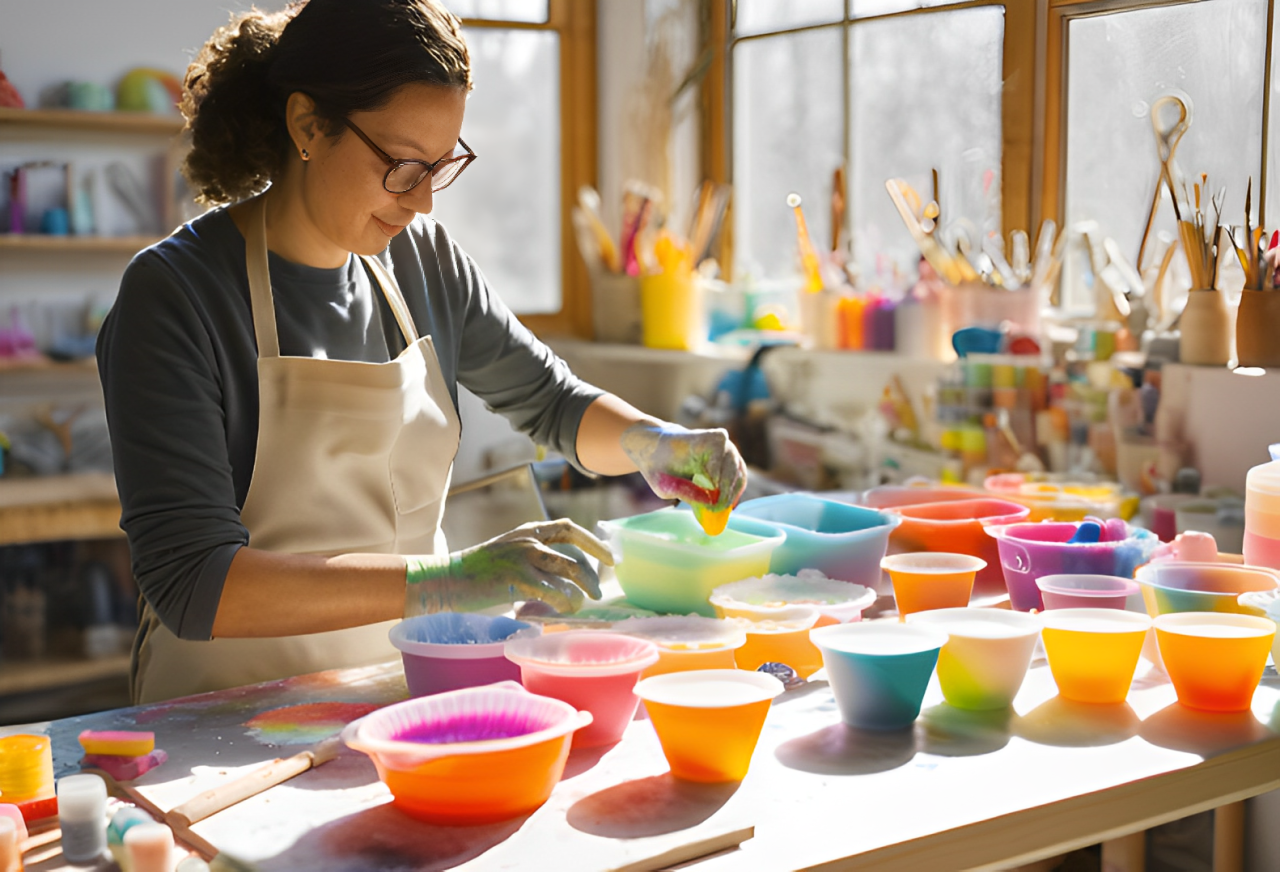
4. Tips to Extend the Lifespan of Silicone Products
- Regular Inspection: For frequently used products, check for signs of aging, such as cracks, discoloration, or loss of elasticity.
- Smart Repurposing: If a silicone product no longer serves its original purpose, consider reusing it for other applications, such as DIY molds or decorative items.
- Minimize Prolonged Oil Contact: Prolonged exposure to oil or greasy substances can weaken the structure of silicone over time.
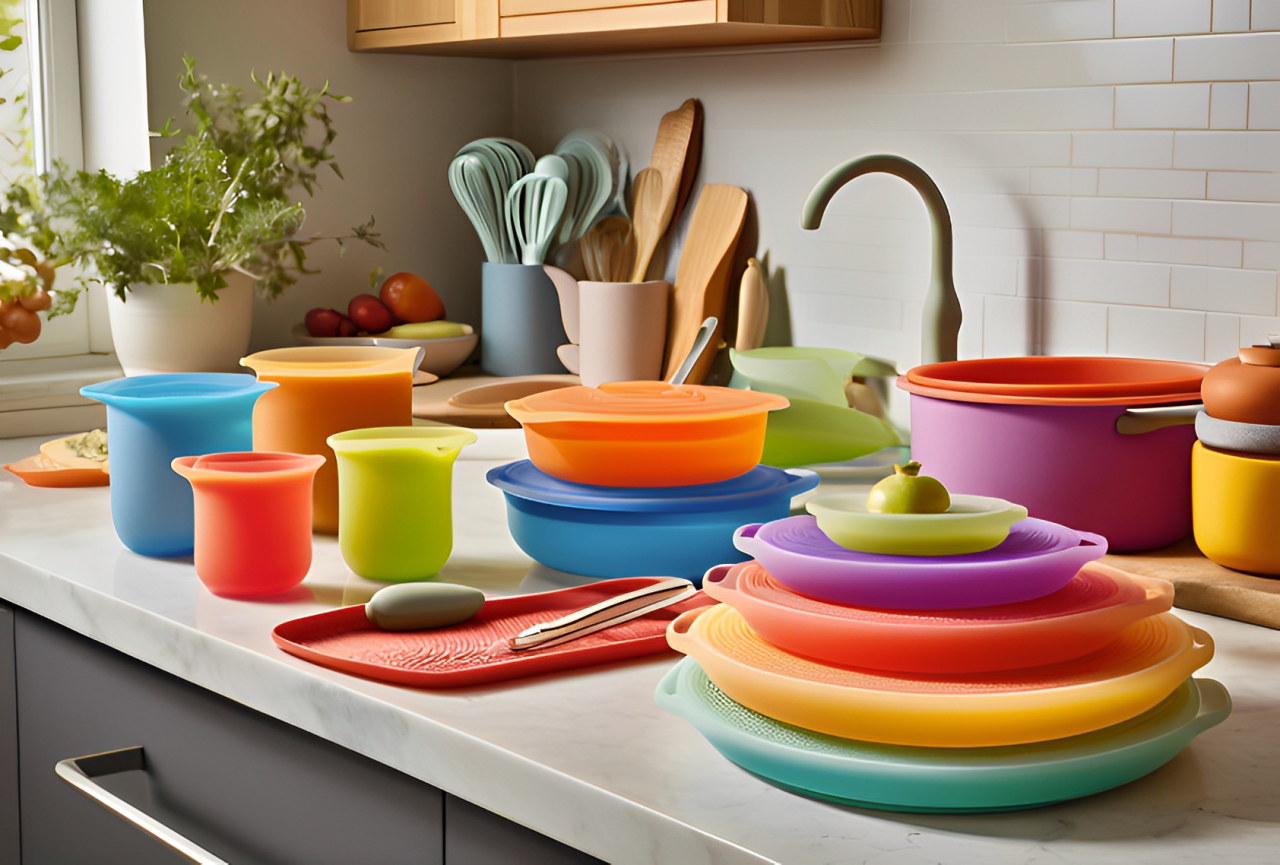
Using and maintaining silicone products correctly not only extends their lifespan but also maximizes their performance. Follow these tips to make the most out of this versatile material.
If you’d like to learn more or have any questions, feel free to reach out to us!
How to Maintain and Use Silicone Products Effectively